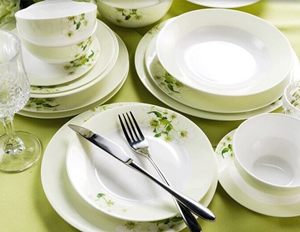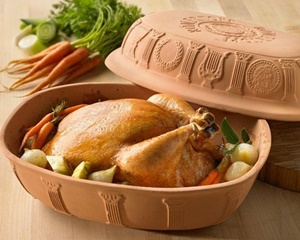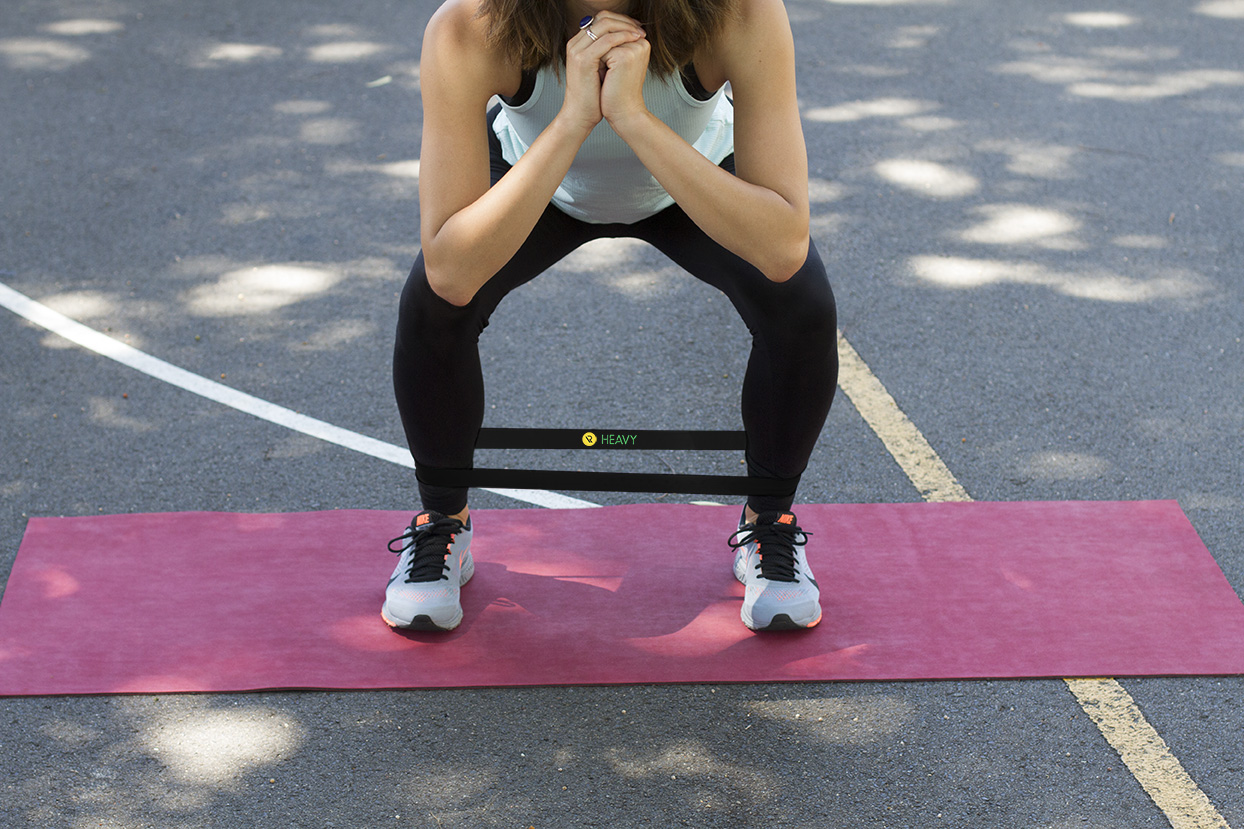Food looks better when served on nice plates; some claim it tastes better too. There’s your reason to take this subject seriously!
Although dinnerware can be made from glass, wood, plastic or metal, ceramic is by far the most popular material. That is why this blog post is all about what to look for when buying your next ceramic crockery set.

Which material to choose?
This one is easy: buy the best you can afford. All ceramics are made from clay, but the finished products vary widely depending on the firing process and the additives. Let’s go from the finest and the costliest to the simplest and the cheapest.
 Bone china looks delicate but is actually quite resilient and durable. It is made by firing clay mixed with bone ashes at a very high temperature, then glazed and fired again.
Bone china looks delicate but is actually quite resilient and durable. It is made by firing clay mixed with bone ashes at a very high temperature, then glazed and fired again.
Praised for its whiteness, smooth texture and translucency, bone china is non absorbent, chip resistant as well as dishwasher and microwave friendly.
Porcelain involves roughly the same production process as bone china, minus the bone ashes. There are different “grades” of porcelain, but dishes made from this material are in general not quite as strong, quite as delicate and quite as translucent as bone china. On the other hand, porcelain is more affordable and makes an excellent all-rounder. Just like bone china, porcelain is non-porous and dishwasher and microwave friendly.
Stoneware has been described as “almost porcelain”. It is usually glazed and it is fired at a lower temperature than porcelain or bone china. Although dense, impermeable and hard enough to resist scratching, stoneware is more opaque than porcelain and more prone to chipping.
It is often greyish or brownish due to impurities in the clay used for its manufacture. Still, stoneware is durable, affordable, dishwasher-safe and microwave-safe, which makes it perfect for everyday use.
 Earthenware looks heavy and solid, but when you pick up an earthenware dish you realise that it is quite lightweight. Fired at a relatively low temperature, earthenware can be porous and prone to staining, especially if it is not glazed. It also chips and scratches easily. On the other hand, it is budget friendly and perfect for certain traditional dishes.
Earthenware looks heavy and solid, but when you pick up an earthenware dish you realise that it is quite lightweight. Fired at a relatively low temperature, earthenware can be porous and prone to staining, especially if it is not glazed. It also chips and scratches easily. On the other hand, it is budget friendly and perfect for certain traditional dishes.
Earthenware can be used in the microwave and conventional ovens, but it is usually not suitable for a dishwasher.
What about the colour, shape and size?
Traditional white dinnerware is the most popular and the most versatile because a) food looks best on a white plate and b) white plates are easy to replace when broken. Colourful dishes or dishes with patterns can be paired with a white base set as accent pieces. (Do remember that anything with gilt-edges or gold or silver patterns should not go into the microwave or dishwasher.)
Round is the go-to shape for versatility and ease of replacement. However, if you have a long, narrow dining table, square plates might look better on it.
When it comes to size, choose only the pieces that will fit into your cupboards and into your dishwasher!
How many to buy?
Some people like to have two sets of crockery, one for everyday use and one for special occasions. Others say that it does not make sense to deny yourself and your family the pleasure of eating off beautiful plates and advocate buying only one, “special” set, and then using it all the time.
If you have space and can afford it, buy enough plates and dishes to host a big dinner party, the biggest you can envisage yourself throwing within the next ten years… then add a few more pieces, just in case.
Whichever style you decide to go for, remember that it is worth spending money on dinnerware. You will be living with it for many years to come!










